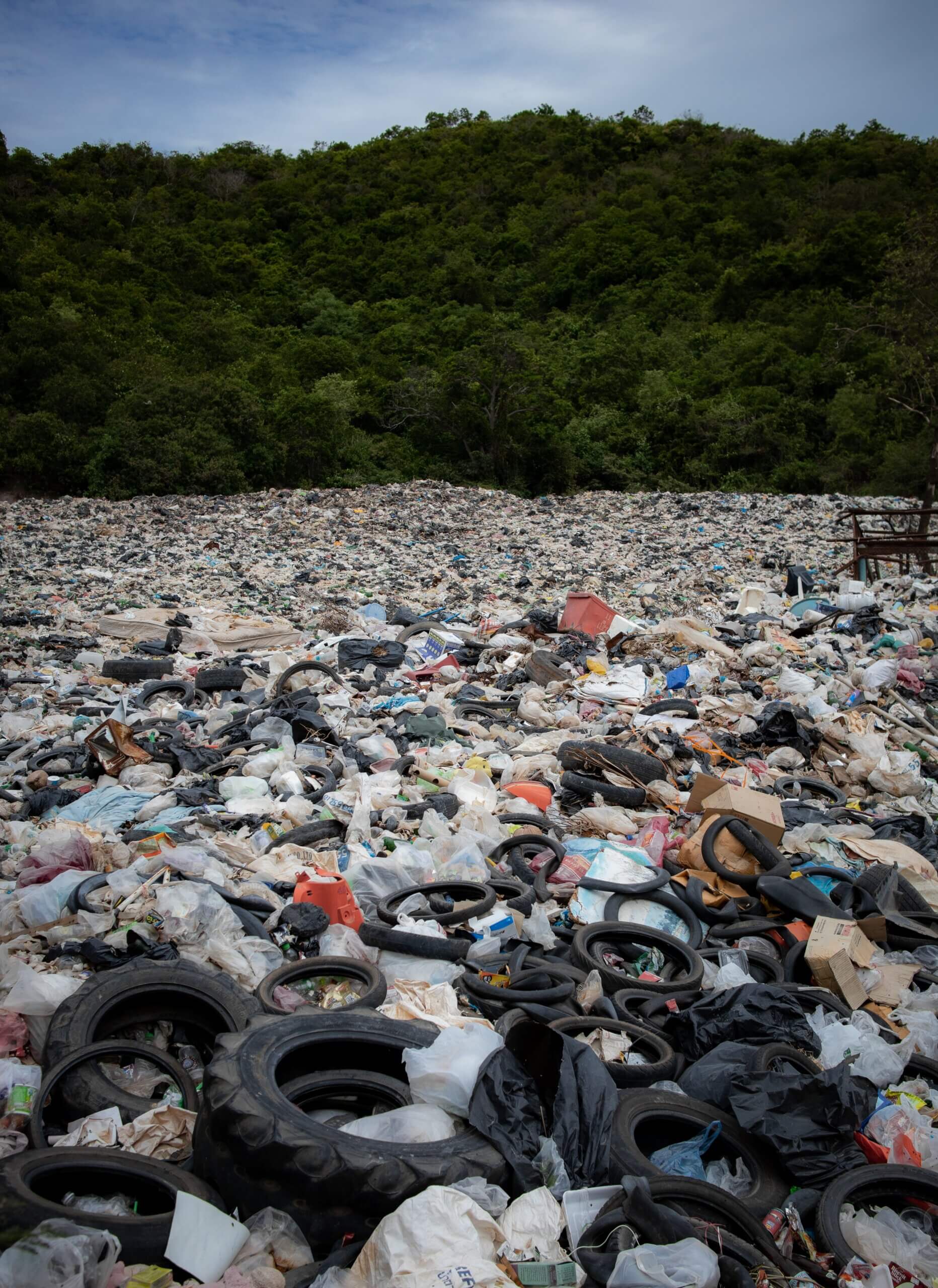Most people simply overlook the fact that every year
millions of tons of waste are traded across the world, constituting an actual waste trade network dominated by big players like the US, the European Union and, of course, China. The main reason behind this trade lies in the
lack of management capacities for
excessive plastic waste and the inadequacy of recycling techniques and facilities in countries of the Global North. In a nutshell, it turns out to be much more expensive for those countries to process mixed and contaminated waste in a sustainable way under their own national jurisdictions (especially plastic waste), than to send it somewhere else. Specifically, EU regulations allow member states to export waste to non-EU countries if recycling companies adhere to
requirements valid in the Union. So, to where are these huge amounts of garbage dispatched?
Here comes our beloved Asia. In an interesting
investigation, a group of researchers from the United States, UK and China has analysed the spatiotemporal evolution of the global plastic waste trade networks (GPWTNs), proving that Asia occupies a fundamental position in that network. In fact, Asia stands out as the
most favoured destination for countless containers of plastic waste. It is also relevant to point out that, according to the aforementioned study, Asia accounts for nearly half of the world’s plastic production, while its per capita consumption lies well behind the global average. That means that Asian countries are more so the final destination of these amounts of waste, rather than the initial point of departure.
On the basis of agreements which guarantee them considerable economic gains, countries like China, Malaysia, Thailand or Vietnam have been dealing with waste disposal and management for decades. Nobody really seemed to care about the fact that, as in the case of
Italian waste containers shipped to Malaysia, only 20-30% of the content of the whole container is recyclable, while the remaining 70-80% often needs to be discarded and winds up in a landfill, thus causing a
great deal of pollution and environmental concerns, such as water contamination stemming from waste disposal. No one seemed to pay attention to this issue until something happened– and it happened in Beijing.

